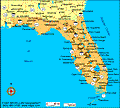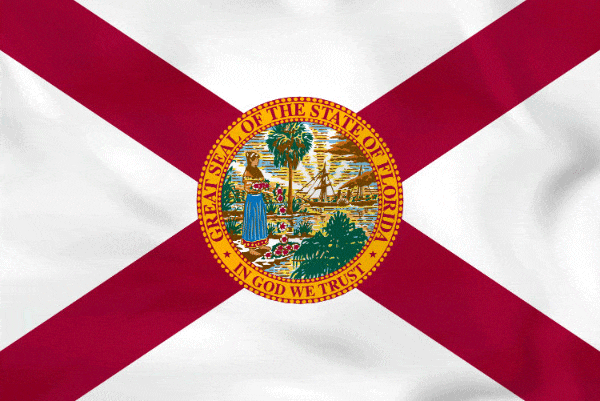 History In 1513, Ponce de León, seeking the mythical "Fountain of Youth," discovered and named Florida, claiming it for Spain. Later, Florida would be held at different times by Spain and England until Spain finally sold it to the United States in 1819. (Incidentally, France established a colony named Fort Caroline in 1564 in the state that was to become Florida.) Florida's history in the early 19th century was marked by wars with the Seminole Indians, which did not end until 1842. Florida's economy rests on a solid base of tourism, manufacturing, and agriculture. Leading the manufacturing sector are electrical equipment and electronics, printing and publishing, transportation equipment, food processing, and machinery. Oranges, grapefruit, and other citrus fruits lead Florida's agricultural products list, followed by potatoes, melons, strawberries, sugar cane, peanuts, dairy products, and cattle. Major tourist attractions are Miami Beach, Palm Beach, St. Augustine (founded in 1565, thus the oldest permanent city in the U.S.), Daytona Beach, and Fort Lauderdale on the East Coast; Sarasota, Tampa, and St. Petersburg on the West Coast; and Key West off the southern tip of Florida. The Orlando area, where Disney World is located on a 27,000-acre site, is Florida's most popular tourist destination. Also drawing many visitors are the NASA Kennedy Space Center's Spaceport USA, Everglades National Park, and the Epcot Center. |
Read this profile of Florida to learn about the state's history, points of interest, and government. Also find interesting facts about each state, including the state's motto, symbols, and when it entered the union.




